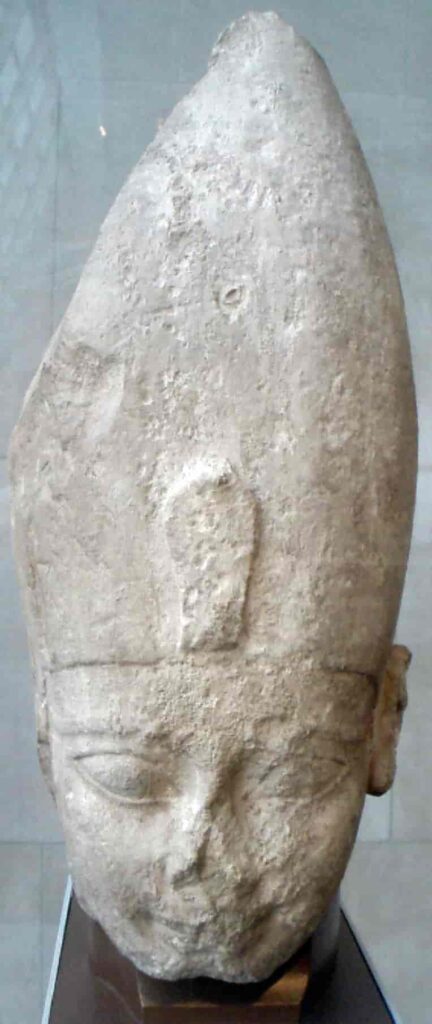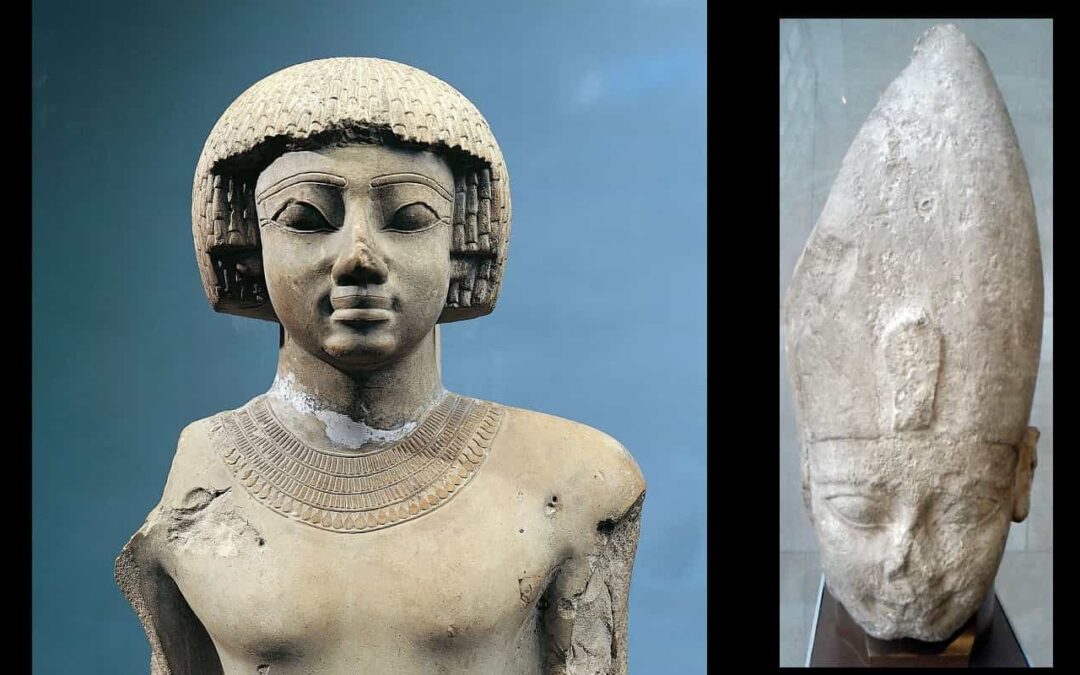Ahmose I stands as a prominent figure in ancient Egyptian history, renowned as the architect behind the inception of the Eighteenth Dynasty. Hailing from the Theban royal house, he is the son of Pharaoh Seqenenre Tao and holds close kinship ties with the final ruler of the Seventeenth Dynasty, King Kamose.
Manetho, the ancient historian, accredits him with a reign spanning twenty-five years. He marked the commencement of Thebes’ rule from approximately 1550 – 1549 BCE, subsequently extending his dominion over the entirety of Egypt until 1525 – 1524 BCE.
In the backdrop of his father’s or grandfather’s rule, Thebes had already staged a rebellion against the Hyksos, foreign sovereigns who had established their authority in Lower Egypt.
Tragedy struck young Ahmose at the tender age of seven, when his father fell in the midst of this conflict. Within a mere three years, Kamose, who had ascended to Thebes’ throne, met an untimely demise under enigmatic circumstances. It was then that the ten-year-old Ahmose assumed the mantle of leadership, adopting the royal title Neb-Pehty-Ra upon his coronation.
Throughout his reign, Ahmose zealously pursued the reclamation of the Nile delta, culminating in the expulsion of the Hyksos. He not only reinstated Theban supremacy across Egypt but also projected Egyptian influence beyond national frontiers. The regions of Nubia and Canaan once again fell under his dominion.
Administrative reforms were instituted, quarries and mines were reopened, trade routes were revitalized, and ambitious construction endeavors were launched, unparalleled since the Middle Kingdom.
The pinnacle of these endeavors was marked by the construction of Egypt’s final pyramid. Ahmose I’s reign laid the cornerstone for the New Kingdom, an era that witnessed Egypt’s power ascend to unprecedented heights.








